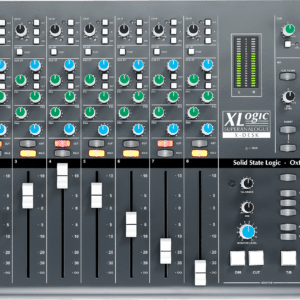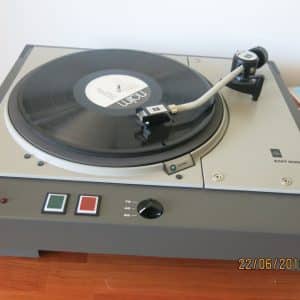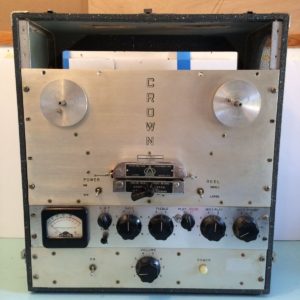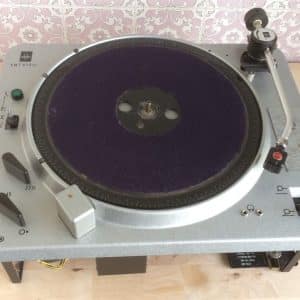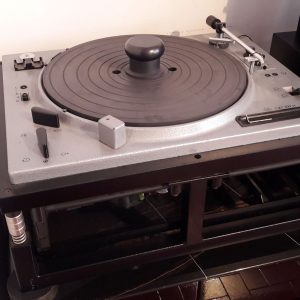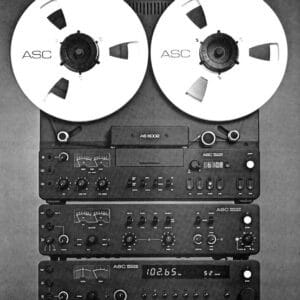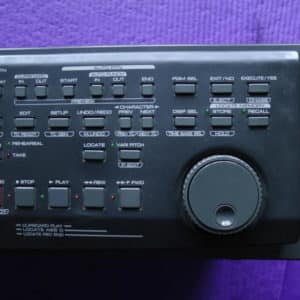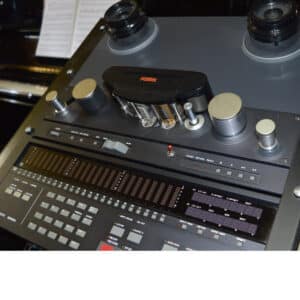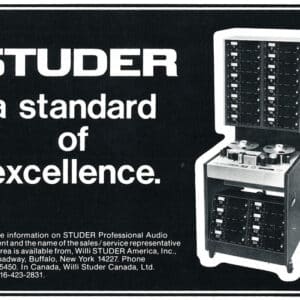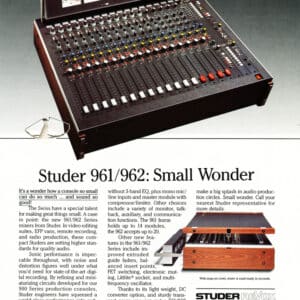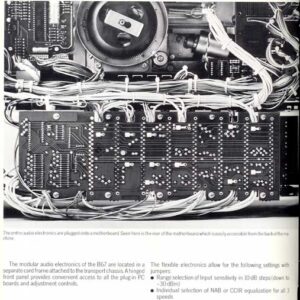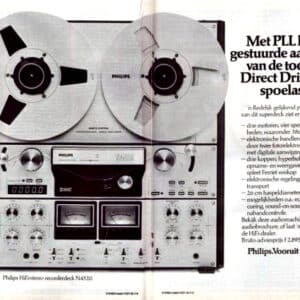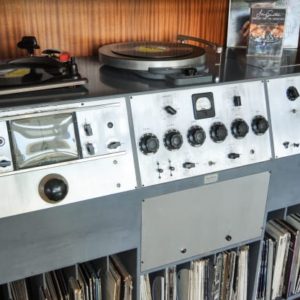Dynamics are defined as the difference between loud and soft. That the greater the dynamic range the greater the magnitude of differences between the loudest and softest. At least that’s the official definition. In reality, we rarely come close to using anywhere near what is possible. For example, the maximum dynamic range of a vinyl […]
STUDIO / PROFESSIONAL
Found 200 results
The latest digital audio recording technology has helped an unsigned London-based band hook up with one of the world’s most famous producers in California – even though they were 5,500 miles apart. And it is helping recording artists and session musicians around the world collaborate remotely, saving time and money. Electric Litany weren’t expecting any […]
Have you heard of the phrase “chronological snobbery”? It was coined by the famous british author C.S. Lewis (of the popular Chronicles of Narnia series) and as he put it it referred to “the uncritical acceptance of the intellectual climate of our own age and the assumption that whatever has gone out of date is […]
PS AUDIO / Paul McGowan In just about every commercial recording studio in the world, (and most every recording you hear) the practice of EQ’ing is commonplace: correcting problems like unwanted background noise, microphone imbalances, and other anomalies that affect the clarity and quality of sound. Unfortunately, like ketchup, salt, pepper, and other condiments, it […]
Paul McGowan writes: Our upcoming new product called the NuWave Phone Converter, or NPC, is really two products in one box: an analog phono preamp and an ADC (Analog to Digital Converter). Recently on the PS Community Forums there’s been a lot of talk about which ADC is the best to go with – and […]
Paul McGowan writes: The two parts to any sound reproduction chain that are imperfect – in fact not very close to perfect at all – are the inputs and outputs. Everything else in between the input microphone and the output loudspeaker is relatively perfect when compared to the inaccuracies of the these two primary transducers. […]



